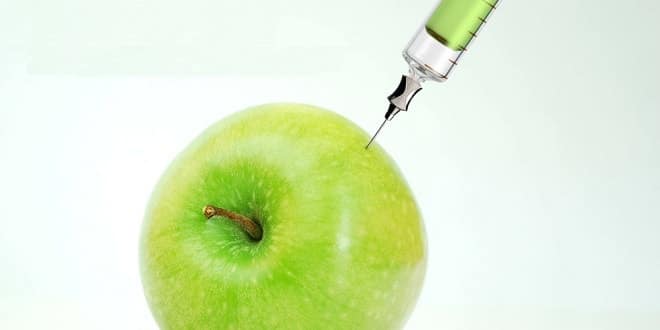E900 – E1520
| Number | Name | Comments |
| E900 | Dimethyl polysiloxane | silicone based |
| E901# | Beeswaxes | glazing agent, used to wax fruit; see bee products; occasionally causes allergic reactions |
| E903 | Carnauba wax | derived from a South American palm; used in cosmetics and inks, and to wax fruit;occasionally causes allergic reactions |
| E904# | Shellac | derived from insects; occasionally causes irritations of the skin |
| E905# | Paraffins, Microcrystalline wax | may inhibit absorption of fats and fat soluble vitamins, mild laxative, there may be a link to bowel cancer; used on sweets, in processing yeast, vitamin tablets, dried fruit, confectionary, collagen |
| E907# | Refined microcrystalline wax | avoid it, banned in some countries |
| E913# | Lanolin | derived from sheep wool |
| E920# | L-Cystein | flour treatment agent derived from animal hair and chicken feathers |
| E921# | L-Cystin | see E920 |
| E924 | Potassium bromate | large quantities can cause nausea, vomiting, diarrhoea, pain. Typical products are flour products |
| E925 | Chlorine | destroys nutrients, carcinogen, in some areas tab water is contaminated with it, to make it ‘safer’ to drink. Typical products are flour products |
| E926 | Chlorine dioxide | well…..basically see 925 |
| E927 | Azodicarbonamide | avoid it, banned in some countries |
| E928 | Benzoyl peroxide | approved by FDA* for bleaching the carotenoids in refined flours; asthmatics and people with a history of allergies BEWARE, see 210 |
| E931 | Nitrogen | used in freezing and vacuum packing; seems safe |
| E932 | Nitrous oxide | seems quite safe in small quantities |
| E950 | Acesulphane potassium | ? |
| E951# | Aspartame | artificial sweetener, too many adverse effects possible to list, some people are allergic to aspartame, migraine headaches a common reaction in these people |
| E952 | Cyclamic acid | calcium & sodium cyclamate, artificial sweetener; known to cause migraines and other reactions, can be carcinogenic, caused damage ot rats testicles and mouse embriyos in tests, banned in the US and UK due its links with cancer |
| E954 | Saccharines | calcium & sodium saccharin; artificial sweetener derived from toluene (a known carcinogen); banned in 1977 in the US, but reinstated subject to strict labelling starting: “Use of this product may be hazardous to your health, this product contains saccharin which has been determined to cause cancer in laboratory animals” |
| E957 | Thaumatin | artificial sweetener, a protein derived from the tropical plant Thaumococcus danielli; used to sweeten wines, bread and fruit |
| E9120 | Maltitol, Hydrogenated glucose syrup | humectant, starch decomposed with digestive enzymes; used in confectionery, dried fruits, low-joule foods; laxative in high concentrations |
| E967 | Xylitol | humectant, found in raspberries, plums, lettuce and endives, though produced for commercial purposes from wood pulp; caused kidney stones and a diuretic effect on test rats: a waste of time and the lives of the rats, for the JEFCA in 1983 ruled the tests invalid in relation to humans, the symptoms caused by ‘physiological disturbances’ in the rats!, we can only imagine what conditions led to upset rats; used in low-joule foods and carbohydratemodified sweets, icecream and jams |
| E999 | Quillaia extract | foaming agent, emulsifier, natural surfactant; derived from chilean soap bark tree (Quillaia Saponaria); used in beer and soda; known to promote healing and reduce excessive oiliness in the skin |
| E1100# | Amylase | derived from mould mushroom or pig pancreas |
| E1200 | Polydextrose | seems safe in small doses |
| E1201 | Polyvinylpyrrolidone | dispersing agent, coating for tablets; used in artificial sweeteners |
| E1202 | Polyvinylpolypyrrolidone | clarifying agent for wine, colour and colloidal stabiliser |
| E1400-E1450 | Starches | no known adverse effects |
| E1505 | Triethyl acetate | part becomes alcohol in the body |
| E1510 | Ethanol | alcohol |
| E1517, E1518# | Glycerol acetates | humectants and solvent derived from glycerol; used to coat fresh fruit in the US |
| E1520 | Propylene glycol | humectants, wetting agent, dispersing agent, petroleum based; its glycerine like taste has made it popular for children’s medications and other elixirs; used in many topical creams and ointments, cosmetics, hair products and deodorants; has been linked with fatal heart attacks (when given intravenously), central nervous system depression and cosmetic or pharmaceutical contact dermatitis |


